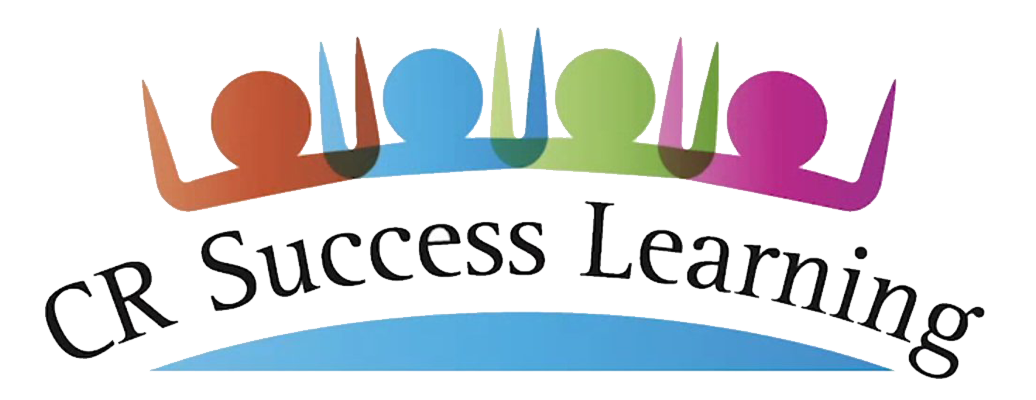📌 Morphology Part 3: Teacher Tips
How to be an Affix Detective
We teach students to actively look for compound words in their reading. Compound is a type of morphology, when two roots are combined. We also encourage students to be “affix detectives” when they read; they discover words with prefixes and/or suffixes.
1. Anchor Charts
We place anchor charts on our walls and have students add words from their reading.
Why it works: Anchor charts make learning word structure easier by giving students a clear, visual way to remember prefixes, suffixes, and root words. When kids help create them, they’re more likely to connect with the material and use it later. Having these charts up in the classroom means students can check back anytime they need a reminder, helping them break down new words, improve spelling, and build vocabulary. Over time, this boosts confidence and makes morphology a natural part of how they read and write.
2. Prepare a Story
We prepare stories that focus on one prefix or suffix, then challenge the students to highlight the words with the targeted prefix or suffix.
Here is an example of a story, with 13 examples of words beginning with the prefix un-. We also included two non-examples (uncle, union) as it is important for students to apply the meaning of the prefix and determine if it is in the world. “Uncle does not begin with a prefix, since that would be ‘not --cle,’ which does not make sense.”
Why it works: This technique helps students see morphology in action by recognizing patterns in context rather than just memorizing word lists. By highlighting words with a specific prefix or suffix, students actively engage with word structure and meaning. Including non-examples, like uncle and union in a story about un-, encourages deeper thinking—students must apply their understanding of the prefix’s meaning to determine if it truly modifies the base word. This process strengthens vocabulary, decoding skills, and critical thinking, making morphology a meaningful and interactive part of literacy learning.
3. Mix and Match
Prepare sets of four word cards, each featuring the same prefix or suffix. Distribute the mixed-up cards so that each student receives one. Students then move around the room to find the three others in their word group. One card in each set will have an underlined transparent morphology word, making it easy to see how the prefix or suffix affects meaning. Once grouped, students discuss the underlined word and read the other words aloud, reinforcing their understanding of word structure and meaning.
Why it works: This activity works because it gets students moving, thinking, and working together, all while strengthening their understanding of word structure. Instead of just memorizing prefixes and suffixes, they actively look at how word parts change meaning. Finding their group encourages them to analyze their own word, and the underlined word gives a clear example of how the prefix or suffix really works. Talking through the words with their group helps them make connections, remember patterns, and feel more confident using morphology in reading and writing.
Wrapping up: The way we talk about words in the classroom matters, and incorporating morphology into everyday discussions helps students build a deeper understanding of language. By making word study a natural part of instruction (whether through quick conversations about prefixes and suffixes or exploring word origins) teachers can strengthen students’ vocabulary, spelling, and comprehension. Morphology isn’t just an add-on; it’s a powerful tool for decoding and making meaning.
Next up: In the final post of this series on Morphology, we’ll do a reality check, discuss why this matters now, show what’s within your reach, and invite you to take action. Ready to take the Next Step?



